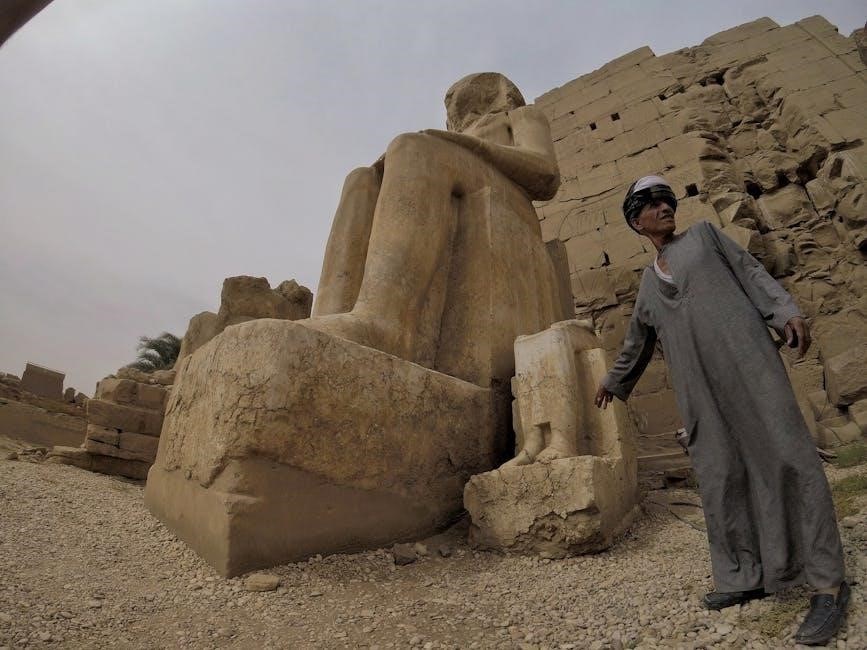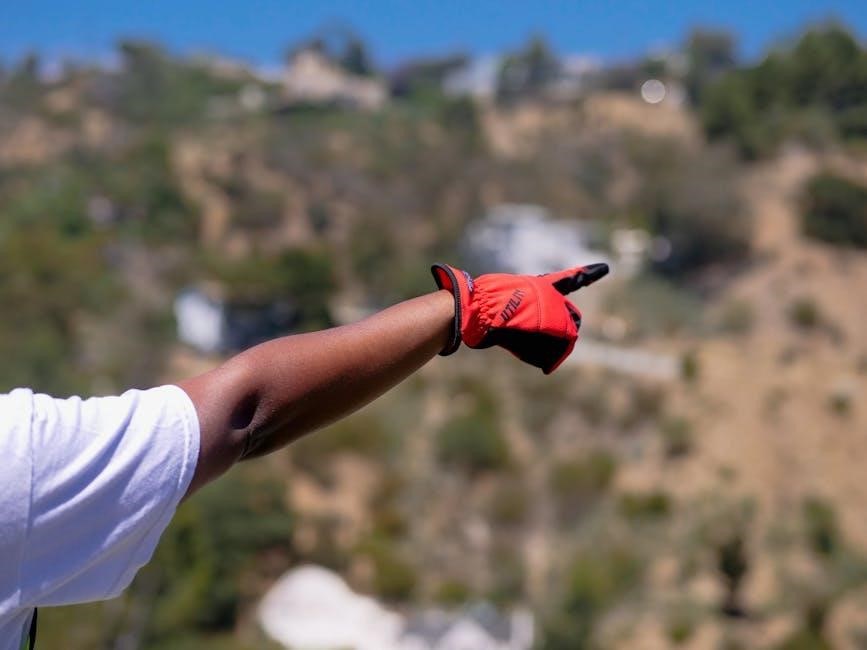Challah factory tours have emerged as a captivating facet of culinary tourism. These tours provide an interactive experience, blending baking techniques with historical and cultural insights.
The Growing Popularity of Culinary Tourism
Culinary tourism is on the rise, with travelers seeking authentic experiences centered around food. Challah factory tours tap into this trend, offering a unique glimpse into the world of traditional Jewish baking. Participants learn about the ingredients, braiding techniques, and cultural significance of challah. The tours often include interactive elements and tasting opportunities, making them engaging and memorable.
The appeal of challah factory tours lies in their ability to combine education, entertainment, and cultural immersion. Visitors gain practical baking tips, discover the history of challah, and appreciate its role in Jewish observance. This blend of factors contributes to the growing popularity of these tours among food enthusiasts and cultural explorers.
Tour guides at challah factories often employ humor and wordplay to engage visitors. Remarks can range from lighthearted jokes about dough to interesting baking tips.
“That’s A Dough Braider” ⸺ Wordplay and Humor
Tour guides at challah factories often use wordplay to entertain and educate visitors. A common remark, “That’s a dough braider!” is a pun highlighting the braiding process, a key element in making challah. This simple phrase serves a dual purpose: it amuses the audience and reinforces the visual of the braiding machine or process. These tours are designed to engage visitors in an interesting and funny way. These factories allow you to learn how to make challah. This remark connects the tools with the traditions, showing the intersection of history and humor. The wordplay helps keep visitors engaged.
Historical Significance of Challah

Tour guides often share the historical significance of challah. They explain challah’s deep roots in Jewish tradition. Challah symbolizes the manna that fell from the sky during the Israelites’ wanderings in the desert. Historically, a portion of the dough was given to the priests, a practice that continues symbolically today. Guides illustrate that challah is more than just bread. It is a symbol of sustenance, faith, and community; They often share stories and anecdotes that connect challah to religious observances and cultural celebrations. These narratives enhance the experience. The information helps visitors connect with the history of challah.

Common Tour Guide Remarks
Baking Tips and Tricks Shared by Guides
Tour guides provide valuable baking tips and tricks during challah factory tours. They emphasize the importance of using a sharp knife for slicing baked challah. Guides often stress the need to protect your fingertips while cutting. Creating stability in the object being cut is also key. They might share tips on braiding techniques, such as using four or more strands. These experts teach interactive methods for mixing ingredients, ensuring the dough has the perfect texture. They may also share advice on achieving the perfect golden-brown crust. They discuss the importance of proofing.

The Challah Baking Process: A Tour Guide’s Perspective
Tour guides at challah factories offer unique perspectives. They explain the vital role each ingredient plays in creating the perfect challah. They also share insights into ingredient sourcing.
Explaining the Ingredients
Challah, a staple in Jewish cuisine, is more than just bread; it’s a symbol steeped in tradition. Tour guides expertly explain the significance of each ingredient. The flour, typically white, forms the base, symbolizing purity. Water brings life, binding the ingredients together. Yeast, the leavening agent, represents growth and prosperity.
Eggs add richness and color, enhancing the dough’s texture. Oil contributes to the soft, tender crumb. Sugar provides a touch of sweetness, balancing the savory elements. Salt, essential for flavor, also controls the yeast’s activity. Guides may share tips on ingredient quality and substitutions.
Some factories highlight local or organic ingredients. This adds a unique dimension to the baking process. Understanding these components enriches the visitor experience.
Demonstrating the Braiding Techniques
Braiding challah is an art form, and tour guides excel at demonstrating the various techniques. They often begin with the classic three-strand braid. This method is simple yet elegant, perfect for beginners. Guides emphasize the importance of even tension to achieve a uniform loaf.
Next, they might showcase more complex braids like the four, five, or even six-strand versions. These intricate patterns require precision and practice. Guides break down each step, making it easy to follow. Viewers can observe how each strand interlocks, creating a visually stunning design.
Some tours include hands-on braiding sessions. Participants learn to shape their own challah under expert guidance. This interactive element enhances the overall experience, fostering a deeper appreciation for the craft. Tips for avoiding common braiding mistakes are also shared.
Insights into Industrial vs. Artisan Baking

Challah factory tours often highlight the contrasting approaches of industrial and artisan baking. Guides explain how industrial bakeries prioritize efficiency and consistency. They use automated machinery and standardized recipes to produce large quantities of challah quickly. Artificial ingredients may be added to extend shelf life.
In contrast, artisan bakeries emphasize traditional methods and high-quality ingredients; Skilled bakers hand-shape each loaf, paying close attention to detail. They use time-honored techniques to develop complex flavors and textures. The result is a unique, handcrafted challah.
Tour guides discuss the pros and cons of each approach. Industrial baking makes challah widely accessible and affordable. Artisan baking offers a more authentic and flavorful experience. Visitors gain a deeper understanding of the choices involved in bread production.

Cultural and Religious Significance
Challah’s cultural and religious significance is deeply rooted in Jewish tradition. Tour guides explain its historical role in Jewish observance and the traditions surrounding its preparation and consumption.

The History of Challah and its Traditions
Challah, more than just bread, embodies centuries of Jewish history and tradition. Tour guides explain its origins, connecting it to ancient rituals and biblical significance. They delve into the evolution of its preparation methods, from simple loaves to intricate braids. Guides illuminate the symbolic meaning of its ingredients, like the eggs representing life and the honey symbolizing hope for a sweet year. They share stories of how challah has been adapted across Jewish communities worldwide, each adding its unique twist to the recipe and the way it is enjoyed. Tourists learn about the special blessings recited over challah, underscoring its importance in Shabbat and holiday meals, uniting families and communities in a shared experience.
Challah in Jewish Observance
Tour guides emphasize challah’s central role in Jewish life, particularly during Shabbat and holidays. They describe the tradition of setting aside a portion of the dough, a practice with ancient roots, and explain the blessings recited before partaking. Guides elaborate on the custom of using two challahs on Shabbat, representing the double portion of manna received in the desert. They highlight the different shapes and flavors of challah associated with specific holidays, such as the round challah for Rosh Hashanah, symbolizing the cyclical nature of the year. Discussions often include the cultural significance of challah covers and the communal aspect of sharing this special bread, fostering unity and remembrance. Visitors gain a deep appreciation for challah as a symbol of faith and heritage.

Enhancing the Tour Experience
To enhance tours, interactive elements are incorporated, inviting visitor participation. These elements include hands-on braiding demonstrations and Q&A sessions, fostering a deeper connection with the challah-making process and traditions.
Interactive Elements: Inviting Participation
Challah factory tours are significantly enhanced by interactive elements that actively involve participants. These elements often include hands-on braiding demonstrations, where visitors can learn and practice the art of challah braiding under the guidance of experienced bakers. This direct engagement fosters a deeper appreciation for the skill and tradition involved in crafting challah.
Another common interactive element is the incorporation of question-and-answer sessions. These sessions provide a platform for visitors to ask questions about the ingredients, techniques, history, and cultural significance of challah. Guides often share baking tips and tricks, making the experience both educational and engaging. Inviting participation through these methods allows for a more memorable and enriching tour experience, connecting visitors more profoundly with the challah-making process and its traditions. These efforts transform passive observation into active learning and enjoyment.
Tasting and Sampling Opportunities
A highlight of many challah factory tours is the opportunity for tasting and sampling the freshly baked bread. These moments provide a sensory connection to the traditions and techniques demonstrated throughout the tour. Visitors can savor the unique flavors and textures of different challah variations, often including both classic and contemporary recipes. This hands-on experience allows guests to fully appreciate the quality and craftsmanship that goes into each loaf.
Guides often enhance the tasting experience by sharing insights into the ingredients and baking processes that contribute to the challah’s distinctive taste. They may also offer suggestions for pairing challah with various foods, such as dips, spreads, or traditional Jewish dishes. Sampling opportunities provide a tangible reward for participants and can solidify their understanding and appreciation of the cultural significance of challah. These tasting sessions often become a memorable part of the tour, leaving a lasting impression on visitors.
“Tour Guides Remark at the Challah Factory?” Explained
The crossword clue “Tour guides remark at the challah factory?” playfully hints at a pun: “THAT’S A DOUGH BRAIDER.” It’s a clever wordplay that links the tour experience with baking.

Crossword Clue Connection
“Tour Guides Remark at the Challah Factory?” Explained
The crossword puzzle clue “Tour guides remark at the challah factory?” leads to the answer “THAT’S A DOUGH BRAIDER.” This answer cleverly uses wordplay, turning a mundane factory observation into a lighthearted pun. The clue plays on the common task of braiding dough in challah preparation and the potential for a humorous remark a tour guide might make. It exemplifies how crossword puzzles often incorporate puns and plays on words to create engaging and entertaining challenges for solvers. The clue encapsulates the essence of a factory tour, which often involves observing processes and machinery. The pun adds an element of fun, making the challah factory tour seem more approachable and memorable.

The Enduring Appeal of Challah
The enduring appeal of challah extends beyond its delicious taste and delightful texture; it is deeply rooted in rich cultural and religious significance. From historical traditions to modern culinary explorations, challah continues to be a staple in Jewish observances and family gatherings. Challah factory tours offer a unique glimpse into the art and science of baking this iconic bread, further amplifying its allure. The tours provide insight into the braiding techniques and baking tips, and enhance appreciation for the intricate processes involved. These tours, coupled with the humorous remarks often shared, solidify challah’s place as a symbol of heritage. The tours ensure that challah remains relevant and cherished for generations to come.
